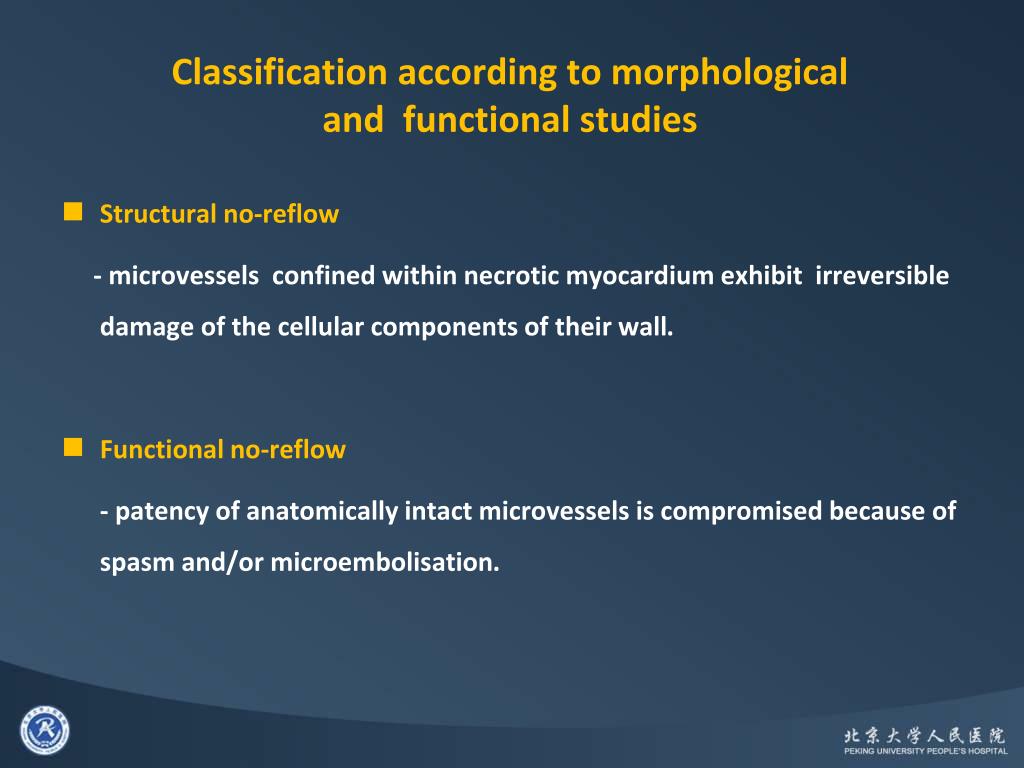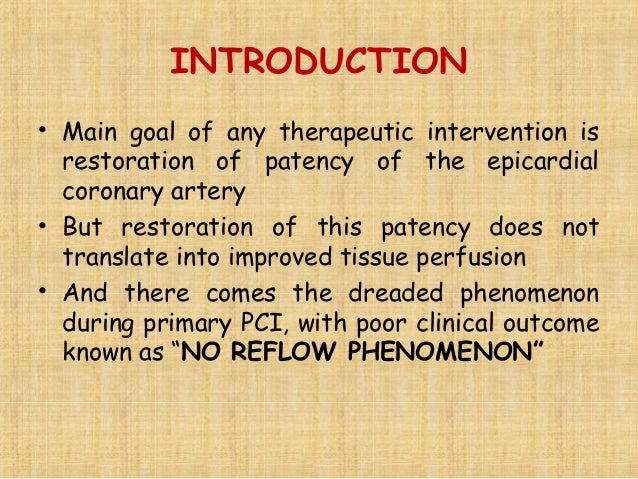

Knowing this, we can assign a value of 56.25% to the padding-bottom of our responsive container. We’ll then add in the image, positioned absolute at 100% of the width and 100% of the height. Galiuto proposed a pathological classification of no reflow, which is defined as inability to reperfuse a region of myocardium under. We have to assign this percentage to the padding-bottom of the div not the height! When you define padding as a percentage, it is calculated by looking at the width of the containing block, even for padding-top and padding-bottom. We’ll always know the width of the responsive images (100% of the container), so we’re going to calculate the height of the image, which is going to be 9/16 or 56.25% of the width. In this case, the height of the image will be the width / aspect, or to put it easy: for every 16 pixels of width, the image has 9 pixels of height. By knowing this aspect ratio, you can calculate the height of an image, by only knowing about the width. The IMC layer of SAC305 soldered joints is.

When you have an image measuring 160×90, you have an aspect ratio of 16/9 (or 1.777777778). Findings The IMC thickness increases with higher reflow peak temperature and longer time above liquidus. Using a nifty padding-bottom trick, we were able to reserve space on the page by looking at the aspect ratio of the responsive images, let me give you an example. Creating a container for our responsive images that reserves space on the page The aim of the process is to form acceptable solder joints by first pre-heating the components/PCB/solder paste and then melting the solder without causing damage by overheating. When you don’t specify the height (height: auto) and only give the image a max-width, the image will become responsive, but since there’s no height specified, the page will jump when the image is loaded, so using max-width on the image without specifying the height was not ideal. Reflow soldering is the most widely used method of attaching surface mount components to printed circuit boards (PCBs). then just don’t define the height and give it a max-width, right? This way works great, but has a major drawback: it’s not responsive. Reflow profiles or processes that are not well optimised can lead to poor or non-wetting, damaged components or cold soldering.Īfter soldering the boards are inspected in detail.In this case, the browser will reserve a block of 100×100 pixels, in order to prevent the page from jumping around when the image loads. The processed board is cooling down in the last zones of the reflow oven, the solder alloy solidifies and makes the solder joints. The presence of reflow defined by myocardial contrast echocardiography 24h after. The component that has the lowest maximum temperature allowance will define the maximum temperature. A non-invasive perfusion method that can easily and rapidly define the. This maximum temperature must remain under the maximum allowed temperature of the components. In the third section the solder paste is melted and the process reaches its maximum temperature. The Temperature gradient is important because too quick changes of temperature can cause damage to components.ĭuring the thermal soak the flux is activated to reduce oxidation of pads and leads of components and improve wetting. The aim of the preheating stage is to accumulate heat smoothly in the board and the components. Using a reflow profile that consumes the flux before the solder melts is a common mistake. Reflow solder profiles usually have four stages, preheat, thermal soak, reflow and cooling. It is important to define the flux activation temperature and time. The solder profile is influenced by the number of layers in the PCB, the copper distribution on the board, the number and size of components. Solder profiles need to be optimised for each individual assembly job. the higher Pb-Free melting points define a narrower and more critical reflow temperature range for the. Multiple segments help to get an optimised heat transfer and minimum temperature differences between different points on the PCBA. These are long convection ovens with many heating zones that together create a soldering cycle.Įach heating zone of the oven has a regulated temperature set to the solder profiles for the assembly process. The solder paste melts during this process and cools down again to create a good solder joint. What is the function of reflow soldering, what is the function of wave soldering, and where are their differences PCBA is Printed Circuit Board +Assembly, That. During the Pick & Place operation, components are glued to the board by the solder paste.Ī reliable connection is made during the reflow soldering process.


 0 kommentar(er)
0 kommentar(er)
